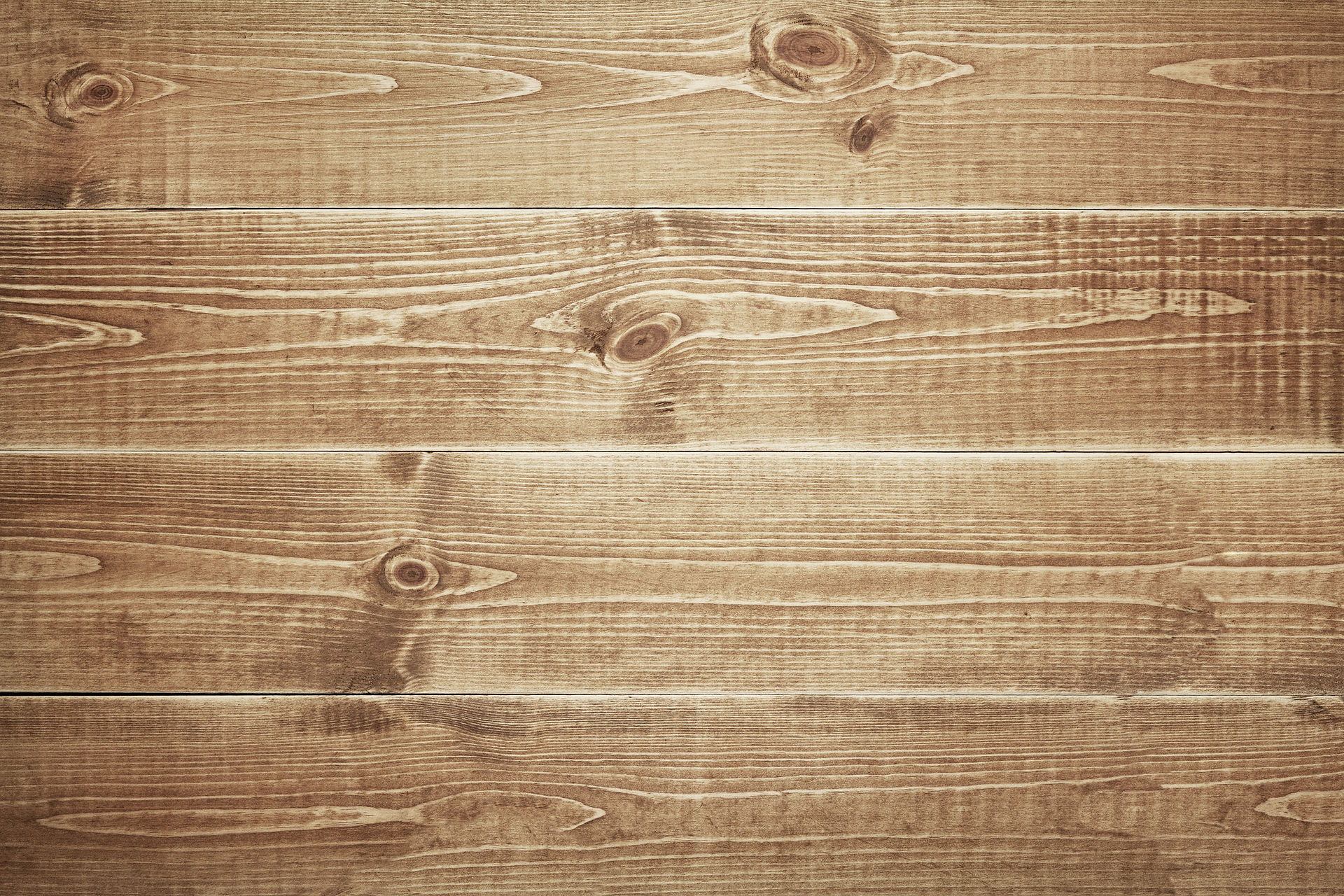


Buckthorn
What you need to know
01
What is it
Common Buckthorn (Rhamnus cathartica) and Glossy Buckthorn (Frangula alnus) are woody shrubs or small trees that are native to Europe and Asia. Buckthorn was introduced to North America in the 1800's as an ornamental plant, often used around the border of a property. It's sharp thorns are a deterrent to wildlife, and the dark green foliage provides privacy. It has since spread aggressively across the state and can now be found in nearly every county of MN.
02
What should be done
Removing buckthorn is important for the health of your property and forest. Buckthorn invades natural habitats by outcompeting native plants for light, water, and nutrients. It alters the natural landscape, reduces biodiversity, and changes soil chemistry, which can further damage native plants and wildlife. Removal of buckthorn is therefore essential for maintaining and restoring our native ecosystems health.
03
How we can help
Our experience and equipment can save you years of backbreaking work with a more effective outcome. Buckthorn management is a multi-year commitment. Starting with the labor and equipment intensive step of physical removal. Followed by years of maintenance. Female (berry) trees are the primary culprit in the flight of this invasive species, being spread by birds and other wildlife. As well as a shallow root system that is difficult to remove and easily propagates into new plants. Most viable seeds in the soil germinate within two years, but can remain dormant for up to 7 years.
04
Methods and materials we use
Hand Pulling
Is a great method for small plants less than 3/4" in diameter, it consists of removing the entire plant and roots. No chemicals are involved but it is very labor intensive. We suggest only using this technique with small infestations.
Stump Cut and Treat
This method is exactly how it sounds and is used for larger plants. You cut the tree down to approximately a 4" stump and treat it within 20 minutes. If for some reason the herbicide does not kill the root system the option remains to cut and treat the stump again. We have found a mixture of Crossbow and Impel Red to work the best.
Foliar Treatment
This method is used on small new growth buckthorn in areas that have already been cleared. When mixed correctly Crossbow emulsifies and creates a thick white spray. This is best done later in the fall when buckthorn leaves are still green and native trees and plants have gone dormant. We follow all label instructions carefully and use proper PPE to avoid harming other plants or animals or ourselves. Monitoring the area for regrowth and repeat the treatment as necessary year after year.